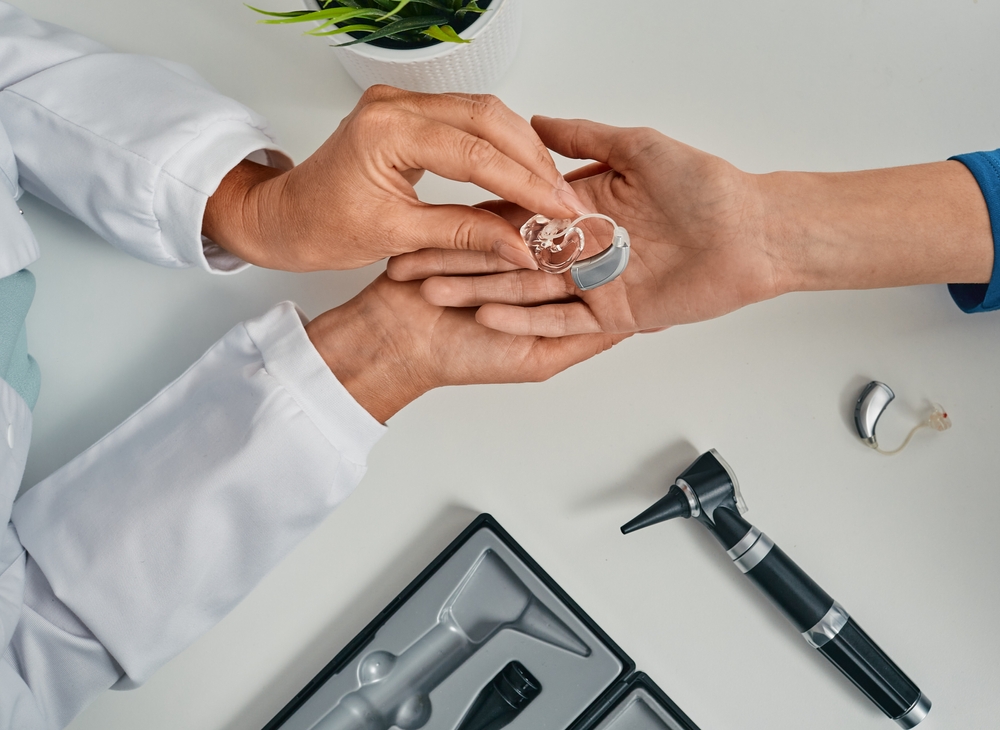Hearing aids are vital for strengthening day-to-day communication by improving the clarity of sound. To keep them functioning at their best, routine maintenance and professional cleanings are essential. As an outcome of extended use, an accumulation of earwax, moisture, and other particles can happen, causing functionality to decline. Identifying when to seek professional servicing can help prolong the longevity of your hearing aids and maintain optimum performance.
The significance of professional hearing aid cleaning
Despite regular maintenance at home, hearing aids can slowly collect debris that might affect how well they work and the quality of sound they produce. Regular servicing provides a number of advantages:
- Deep Cleaning– Eliminates earwax, dust, and moisture that day-to-day cleaning tools may not successfully eliminate.
- Increased Performance– Removes blockages that can cause dampened sound or distortion.
- Improved Longevity – Helps to avoid early degeneration, thereby minimizing the need for repairs or replacements.
Routine skilled cleanings keep your hearing aids functioning efficiently, decreasing the risk of unforeseen malfunctions.
Signs your hearing aids require professional servicing
If you’re not sure whether it’s time for an expert cleaning, look for these common warning signs:
- Unclear or Garbled Audio: If voices and background noises seem faint, muted, or altered, the problem may be caused by obstructions, such as earwax or debris, impeding the device’s microphone or speaker.
- Constant Feedback or Squealing: A squeaky noise at a high frequency (feedback) could suggest a blockage from earwax or an ill-fitting device. Professional cleaning can assist in removing obstructions and fine-tuning the fit accurately.
- Problems with Volume Control: If adjusting the volume doesn’t seem to have the intended effect, internal components might need repair or software reset.
- High humidity can affect the device’s internal components, resulting in sporadic audio disruptions or faulty button control. A professional repair professional can assess and resolve any moisture-related issues.
- Visible Wax or Gunk Build-up: If you see a considerable accumulation of wax or debris on your hearing aids, professional cleaning ensures a more complete clearing than at-home care.
- Utilize precision tools to remove wax, dirt, and moisture without harming fragile parts.
- Confirm the proper functioning by examining and fixing any broken components.
- Check software and hardware for any performance issues affecting sound quality.
- Replace deteriorated filters or tubing that may be limiting device performance.
- General maintenance should be carried out every 3 to 6 months.
- Routine cleanings are suggested for individuals who tend to produce a lot of earwax or live in areas with high humidity, as these conditions can intensify wax accumulation.
- As soon as problems emerge, addressing modest problems early can avoid costly repairs.
What does a professional hearing aid cleaning look like?
A thorough cleaning service not only keeps your equipment in good working order but also guarantees peak performance and effectiveness. Here a number of things your hearing specialist will accomplish during a cleaning:
How often should you schedule professional upkeep?
The need for professional cleanings differs depending on factors such as how much earwax is generated, the levels of moisture, and how the device is generally used. General suggestions include:
Maintain your hearing aids for optimal performance
Routine professional maintenance is essential for preserving your hearing aids and ensuring clear, high-quality sound.
If distorted sound, echoing, or technical issues are interrupting your experience, it’s likely that a comprehensive, expert cleaning is in order.
Schedule your hearing aid cleaning and maintenance now.

